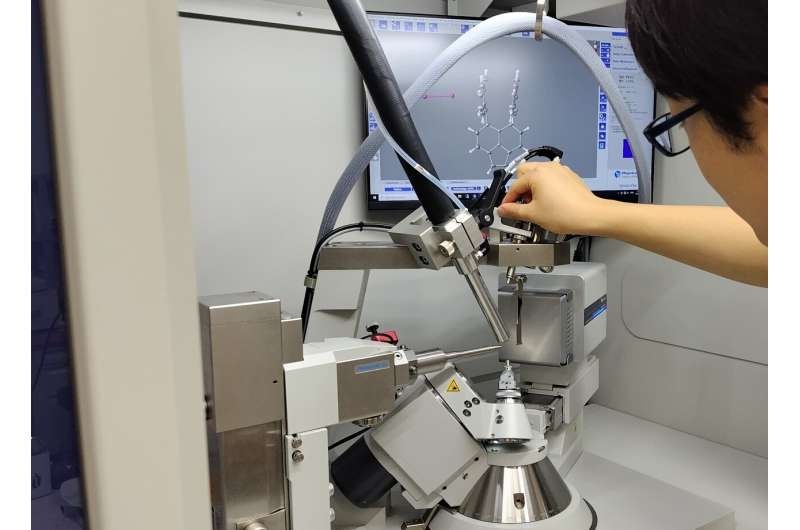Then researchers at Hokkaido University discovered something quite unexpected, that would shake the foundations of our knowledge about chemical bonding. After a century, the theory of this stable covalent bond that can be formed where one electron is shared by two carbon atoms has now been confirmed with its compound have been identified.

Untangling the Mystery of Single-Electron Bonds
In the long continuum of time, covalent bonds forged by a lone electron had for years been an attraction of interest to scientists. While the idea was first posited in 1931 by Nobel Laureate Linus Pauling, it has been a difficult goal to accomplish over the bond between two carbon atoms.
Organic chemistry is based around carbon because the manner in which its atoms are able to form covalent bonds is important both for understanding the structure of molecules as well as how they reactivity. The observation of a stable single-electron covalent bond between two carbon atoms is an important development because this type of bonding has never been seen before experimentally.
This not only proves a century-old theory by Pauling, but also provides fresh perspectives on the chemistry of single-electron bonds, and so could yield further insights into chemical reactions and bondings at their most essential level.
The Journey to an Earth Shattering Realization
By requiring the bond to be formed only by a single electron, researchers under Professor Yusuke Ishigaki from Hokkaido University used an elegant trick to detect this single-electron bond. Their initial target was a derivative of hexaphenylethane, a molecule that’s dared scientists to make it for decades because of its absurdly elongated covalent bond between two carbon atoms.
Subjecting this compound to an iodine-induced oxidation reaction yielded dark violet crystals of an iodine salt. X-ray diffraction analysis on crystals grown in their lab showed that the carbon-carbon atoms were closer than expected, indicating a single-electron covalent bond.
The discovery of this unprecedented bond was then confirmed by the researchers using Raman spectroscopy, a very powerful analytical method. This exacting method has allowed them to bring the long-awaited experimental proof of a carbon-carbon single-electron covalent bond, an achievement that is sure to have immense repercussions on the field of chemical research.
Conclusion
The result is a unique single-electron covalent bond between two carbon atoms, but even more importantly it seems to be the clearest confirmation of a theory first proposed nearly 100 years ago about where matter comes from at its most basic level. The exercise in this study, therefore, not only questions what we currently know and believe but also catalyzes the next chapter of development in the chemistry of a bond as fascinating as it is puzzling. The discovery has broad potential implications and could be used to determine fundamental mechanisms of chemical reactions in fields from materials science to pharmaceutical development.
